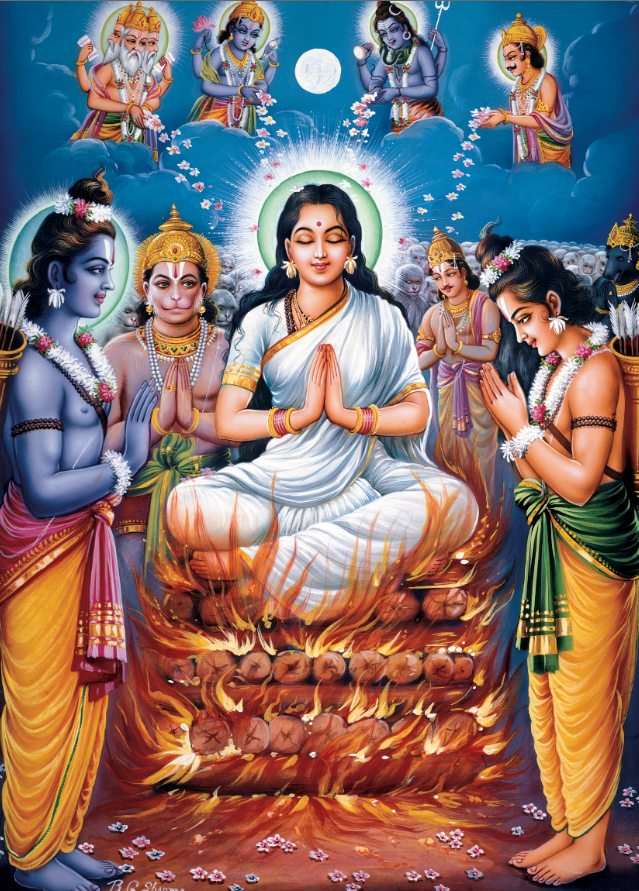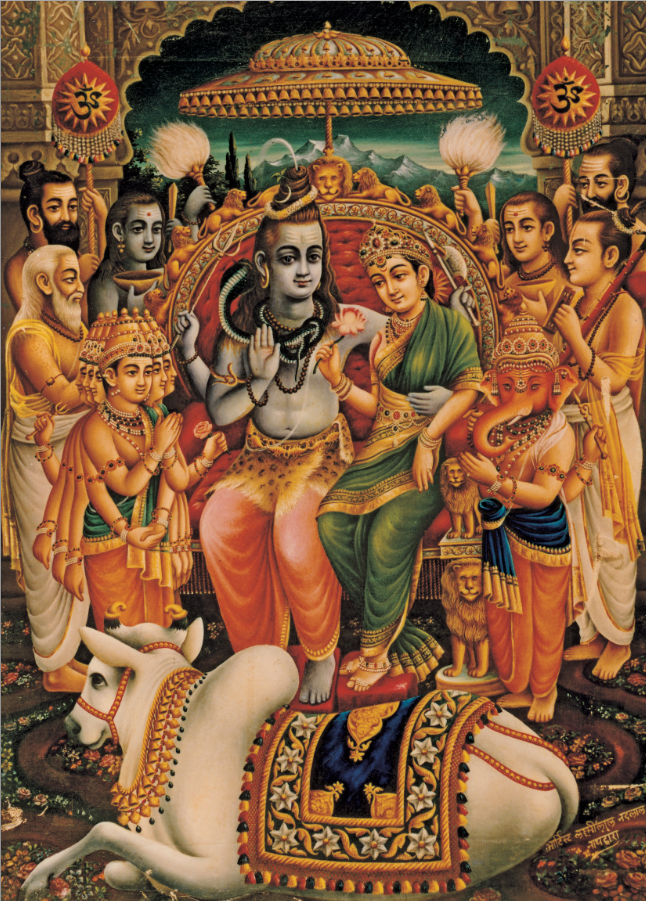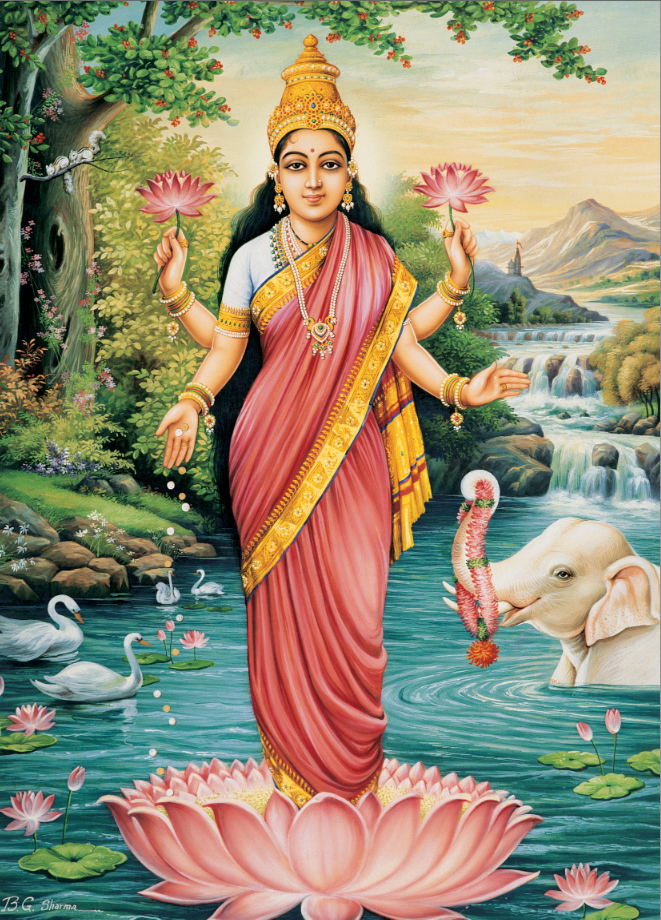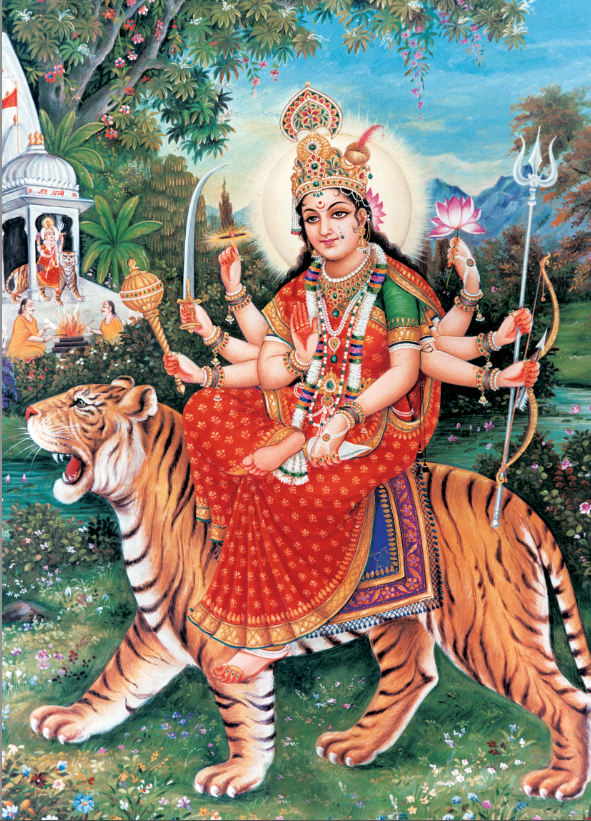On Saturday August 9 roughly 60 women in Oregon City, OR shed their clothing and swam naked under the full moon in the Clackamas Cove to raise money for two important causes. They called themselves goddesses and their swim the Naked Goddess Swim.
Under the organization of Janie Malloy, a master swimmer and triathlete, the Naked Goddess Swim entered its second year on Saturday and raised about $1,200 through participant fees to support a fledgling non-profit that will help manage the cove as the local government begins developing the area. Some of the profits, Malloy told HuffPost, will also go toward breast cancer research.
As a swimmer who has enjoyed use of the cove for training purposes, Malloy has a personal investment in protecting the area.
"A lot of people like me train at the cove," Malloy told HuffPost, "and I wanted to demonstrate to the government how much the cove can be used for open water swimming."
Why call it a "goddess" swim, when as Malloy said, the event had no explicit religious underpinning?
"We have done moonlight swims for a few years, a small group of us," Malloy explained. "We were just joking around and talking about how fun it was swimming in the moonlight, and a naked goddess swim came up. [But] there is definitely spiritual aspect of it which was pretty powerful. There were women who came from a long distance, women who came for fun, for spirituality, for camaraderie."
Malloy told HuffPost that though she has participated in several Wiccan events, she chose not to bring that aspect of ritual to this event. For her, the goddess component rather signified an deep acceptance of the female form, which she found empowering.
"Particularly connected to this event, [goddess] meant self-acceptance of your body and appreciating your body and exposing it, being vulnerable," Malloy said. "[The women] all felt the power of the evening, and everybody walked way smiling and happy."
A naked goddess swim would not be complete without its Trusted Gentlemen (and Malloy said she believed several transgender women participated, as well.) The Trusted Gentlemen were in charge of monitoring the path to the cove to make sure no one bothered the goddesses in their bare states.
"What was really magical about it was the men who showed up to be our Trusted Gentlemen and Kayak Gods," Malloy said, "men who supported us doing something like the Naked Goddess Swim and wanted it to be successful. They were very protective of us."
Malloy said she plans to partner with a non-profit breast cancer research organization to continue building the event. Eventually she hopes it will become an annual fundraiser women can duplicate in their own communities. Naturally, Malloy said, subsequent Naked Goddess Swims will be planned around the full moon, as well.
Take a look at photos from Naked Goddess Swim, provided by Leyla Duechle Photography, below:








Related
Before You Go





